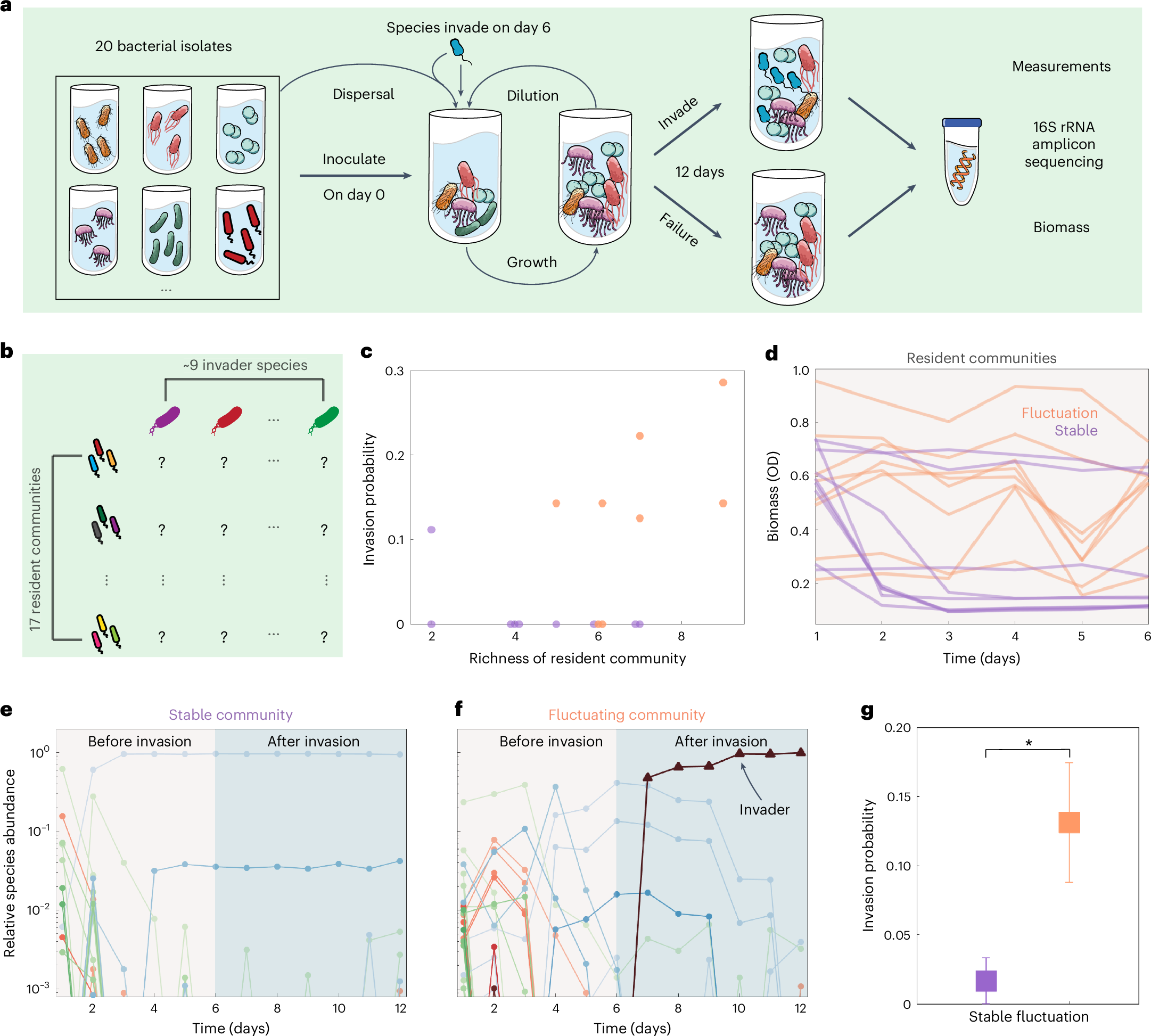2025-01-07 カリフォルニア大学サンディエゴ校(UCSD)
 In clinical settings, ketamine is generally delivered via injection. However, in recreational settings, it is often consumed as a powder. New research from UC San Diego has identified concerning new trends in ketamine usage among American adults.
In clinical settings, ketamine is generally delivered via injection. However, in recreational settings, it is often consumed as a powder. New research from UC San Diego has identified concerning new trends in ketamine usage among American adults.
<関連情報>
- https://today.ucsd.edu/story/ketamine-use-on-the-rise-in-u.s-adults-new-trends-emerge
- https://www.sciencedirect.com/science/article/abs/pii/S0165032724020962
2015~2022年における米国成人のうつ病の有無によるケタミン使用の傾向と特徴 Trends and characteristics in ketamine use among US adults with and without depression, 2015–2022
Kevin H. Yang, Wayne Kepner, Charles M. Cleland, Joseph J. Palamar
Journal of Affective Disorders Available online: 31 December 2024
DOI:https://doi.org/10.1016/j.jad.2024.12.108
Highlights
- Ketamine use increased from 2015 to 2019 and 2021–2022, differing by depression status.
- Depression was linked to higher odds of ketamine use in 2015–2019 but not later in later years.
- Shifting sociodemographic correlates of ketamine use emerged in 2021–2022.
- Ecstasy/MDMA and GHB use were consistently associated with higher odds of ketamine use.
- Findings highlight the need for monitoring and prevention strategies for ketamine use.
Abstract
Background
Ketamine’s potential for treating depression has drawn increased clinical interest in recent years. However, despite growing therapeutic use, recreational use among individuals with depression remain underexplored.
Methods
We analyzed data from the 2015–2022 National Survey on Drug Use and Health focusing on adults in the US. Trends in past-year ketamine use, overall and by depression status, were estimated separately for 2015–2019 and 2021–2022 due to methodological changes in the survey. We also delineated correlates of ketamine use in each period, focusing on depression, sociodemographic characteristics, and other past-year drug use.
Results
Overall ketamine use prevalence increased from 2015 to 2019 (from 0.11 % to 0.20 %, an 81.8 % increase, p < 0.01) and from 2021 to 2022 (from 0.20 % to 0.28 %, a 40.0 % increase, p < 0.05). From 2015 to 2019, use increased among adults with and without depression (by 139.3 % [p < 0.05] and 66.7 % [p < 0.05], respectively), while from 2021 to 2022, an increase occurred only among those without depression (by 38.9 %, p < 0.05). Multivariable models revealed that depression was associated with increased odds of ketamine use in 2015–2019 (aOR = 1.80, 95 % CI: 1.12–2.89) but not in later years. New sociodemographic correlates emerged in 2021–2022, including adults aged 26–34 and those with a college degree being at higher odds for use. Various drugs (especially ecstasy/MDMA and gamma-hydroxybutyrate) were consistently associated with higher odds of use.
Conclusion
We identified differential patterns and correlates of ketamine use over time. Shifts may be related to the evolving ketamine landscape and/or changing survey methodology. Monitoring of use patterns is crucial to inform prevention and harm reduction strategies.


